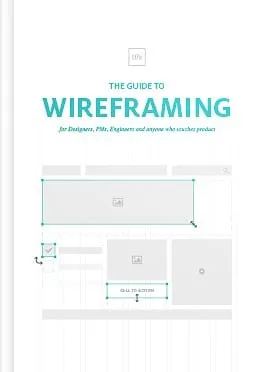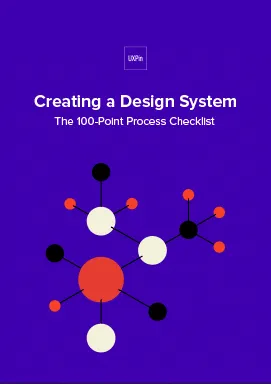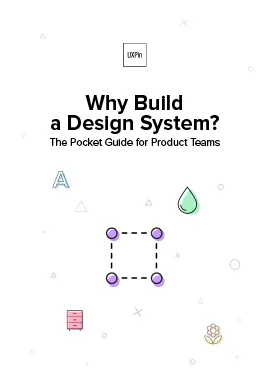The Guide to Wireframing
For Designers, PMs, Engineers and Anyone Who Touches ProductThe Power of Effective Wireframing
User experience remains a priority for digital platforms and products. We will be taking a closer look at the power of wireframing and the examples, comparisons, frameworks, references and insights to help you better utilize wireframes in your product and development process.
We’ll start with the basic concepts like who uses wireframes, what’s their purpose and how you can use them with which tools. For more experienced readers, there are presented the top web and mobile wireframe example and pattern sources, and design patterns.
What the Wireframing Guide Will Teach You
The ebook is divided into four main sections that will guide absolute beginners into becoming confident experts on wireframing. Each section covers major junctures in the wireframing process to enable quick and effective reference.
Section 1- A practical look at using wireframes: We introduce who, why, and how should use wireframes in the product design and development process.
Section 2 – 50 shades of frames: This section covers how wireframing can be the “sexy” part of product design. It explores the ways you can make wireframes, what level of detail you can provide, and how to tie all product details together in the finishing stages. You’ll learn more about wireframing and prototyping convergence, choosing your wireframe style, and the role of practice in wireframing.
Section 3 – 4 non-digital wireframing weapons: Here you can expect a nice comparison of analog tools and mediums used to create wireframes, their strengths, and weaknesses. Also, you will see how it relates to wireframing and prototyping software. The tools covered are sketching, black &whiteboarding, paper cutouts, stenciling, and more.
Section 4 – 4 digital wireframing weapons: Continuing with the tools aspect, now it’s time to focus on the digital tools. It’s all about their strengths and weaknesses, and how tools like UXPin are evolving to address the evolution and diversification of product design. You can expect here an analysis of word processing software, graphics editing software, presentation software, wireframing and prototyping software, and more.
Section 5 – The design pattern & wireframe libraries guide: Here comes an exhaustive list of web and mobile wireframe examples and pattern sources that will help you stay on top of the mobile and web product design trends.
Section 6 – Fresh UI design patterns: Be ready for the best UI design patterns that were created to address common design problems as web and mobile apps continue to evolve at a rapid pace. You will have wireframe examples to help in visualizing these patterns at different stages in the design process.
Section 7 – Design principles for wireframing: Your takeaway will be concepts that you need to remember while iterating on product concepts. We’re concluding with the principles that will make your wireframing process more seamless and effective.
Other Resources Related To Wireframing
Wireframing is a complex technique that requires constant practice and improvements for optimal results. In-depth wireframe blogs can shed light on the FAQs and strategies of the process, which may include the three guiding principles of clarity, confidence, and simplicity. Extra content will help fill the gaps between the lessons outlined in our ebook to help readers gain mastery over wireframe techniques.
UXPin provides a comprehensive library of wireframe and UX resources that will help users hone their craft, which includes:
- The Next Generation Wireframes are Microframes – An insightful blog on the current state of wireframes and what users should expect.
- 3-Minute UX Tips: Wireframe in Content Blocks – An instructional article on breaking down wireframe projects into bite-sized blocks for ease of reference and management.
- How to Quickly Wireframe & Prototype a Responsive Email – Tricks and tips on creating mobile-friendly email templates with the power of wireframing.














